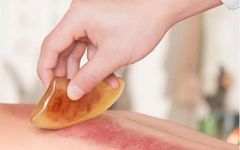Gua Sha is a traditional Chinese natural therapy that is guided by the theory of meridians and acupoints in Traditional Chinese Medicine (TCM). It involves the use of specialized Gua Sha tools and corresponding techniques, applying a certain medium to repeatedly scrape and rub the skin surface, resulting in localized changes such as red millet-like spots or dark red petechiae, known as “sha”. This process aims to invigorate blood circulation and expel pathogenic factors. Due to its simplicity, convenience, low cost, and effectiveness, Gua Sha has shown excellent results in improving local circulation and is widely used in clinical practice as well as for home healthcare.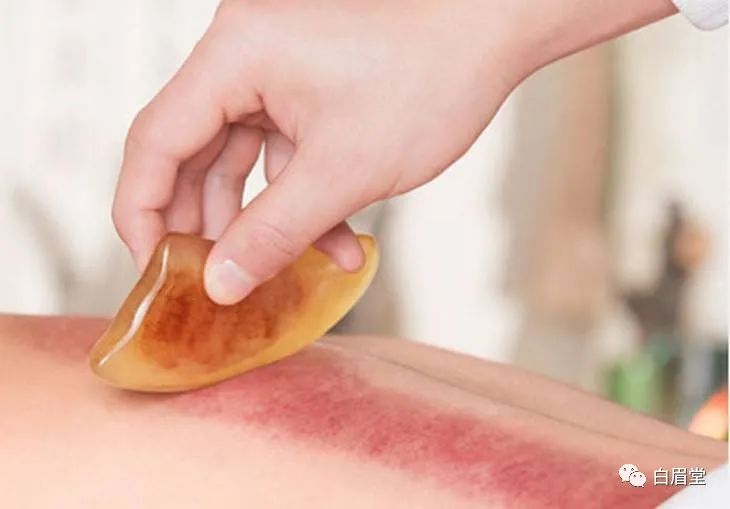
Gua Sha has a long history, with its exact date of invention and inventor being difficult to verify. It is a form of stone therapy or puncture therapy that has been passed down through generations in folk traditions.
It is said that in ancient times, when humans discovered fire, they found that heating certain parts of the body was very comfortable. Later, they discovered that heating stones could treat rheumatism and swellings (as early humans lived in primitive caves and were prone to these conditions). Eventually, they found that using heated stones to puncture abscesses could cure some diseases. This was the embryonic form of Gua Sha as a therapeutic method. With the development of acupuncture and meridian theory, it became common in folk practices to scrape the skin surface with blunt-edged tools such as coins, spoons, jade, and buttons over relevant meridian areas until red or purple bruises appeared, thereby achieving the goal of opening the pores and expelling evils to regulate sha symptoms. Through continuous practice, it evolved into a natural therapy known as Gua Sha health therapy.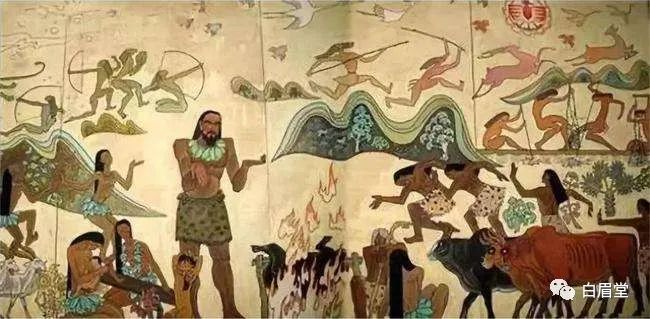 The earliest written record of Gua Sha is found in the work 《世医得效方》 (Shiyi Deyang Fang) by the Yuan dynasty physician Wei Yilin, written in 1337 AD. The character “sha” evolved from “sand”, originally referring to a type of pathological condition. Gua Sha helps expel sha toxins, which are pathological products from the body, thus achieving the goal of curing sha conditions. Many diseases manifest as red, purple, or dark blue spots resembling “sand” on the skin surface, leading people to gradually refer to this therapy as “Gua Sha therapy”. In the Song dynasty, Wang Pei referred to it as “Peach Grass Child” in 《指述方瘴疟论》 (Zhishufang Zhangnü Lun). 《保赤推拿法》 (Baochi Tui Na Fa) states: “Gua means the physician’s fingers lightly touching the skin and applying slight pressure downwards.” It is often used to treat sha conditions, particularly those caused by summer heat or dampness, where the skin frequently shows red spots, also known as “summer method”. After the Yuan and Ming dynasties, the experience of treating sha conditions in folk medicine attracted the attention of medical scholars. For example, Wei Yilin’s 《世医得效方》 documented “stirring intestinal sha”: “Heart and abdomen cramping pain, cold sweat, bloating, and a feeling of impending doom, indicating stirring intestinal sha.” Other works such as Yang Qingsou’s 《仙传外科秘方》 (Xianchuan Waike Mifang), Wang Kentang’s 《证治准绳》 (Zhengzhi Zhunshe), Yu Bo’s 《医学正传》 (Yixue Zhengzhuan), Gong Ting Shen’s 《寿世保元》 (Shoushi Baoyuan), and Zhang Jingyue’s 《景岳全书》 (Jingyue Quanshu) all recorded experiences related to sha conditions and their treatment. By the Qing dynasty, Guo Youtao wrote the first monograph on Gua Sha, 《痧胀玉衡》 (Sha Zhang Yuheng), which provided detailed discussions on the sources, prevalence, manifestations, classifications, methods, tools, and comprehensive treatment of sha. For instance, it pointed out in treatment: “For sha on the back and neck, and on the chest and ribs, use a coin dipped in sesame oil to scrape. For sha on the forehead and legs, use cotton thread or hemp thread dipped in sesame oil to scrape. For sha in the soft flesh of the abdomen, use salt to rub.”In the preface of 《痧胀玉衡》, it is stated:“Previously, villagers suffering from sha due to filth would typically use coins dipped in oil to scrape, but this was mostly done by women and not by famous physicians.”In 《痧胀玉衡·痧原论》, it is noted:“Symptoms that begin with vomiting and diarrhea and cramping pain in the heart and abdomen are often due to sha arising from filthy qi; those that begin with cramping pain in the heart and abdomen followed by vomiting and diarrhea are often due to heat qi; those with chest heaviness and phlegm accumulation are often due to heat injury; and those with generalized swelling, unbearable pain, and inability to lift limbs, with a stiff tongue and inability to speak, are often due to cold qi causing fire toxicity leading to sha.”
The earliest written record of Gua Sha is found in the work 《世医得效方》 (Shiyi Deyang Fang) by the Yuan dynasty physician Wei Yilin, written in 1337 AD. The character “sha” evolved from “sand”, originally referring to a type of pathological condition. Gua Sha helps expel sha toxins, which are pathological products from the body, thus achieving the goal of curing sha conditions. Many diseases manifest as red, purple, or dark blue spots resembling “sand” on the skin surface, leading people to gradually refer to this therapy as “Gua Sha therapy”. In the Song dynasty, Wang Pei referred to it as “Peach Grass Child” in 《指述方瘴疟论》 (Zhishufang Zhangnü Lun). 《保赤推拿法》 (Baochi Tui Na Fa) states: “Gua means the physician’s fingers lightly touching the skin and applying slight pressure downwards.” It is often used to treat sha conditions, particularly those caused by summer heat or dampness, where the skin frequently shows red spots, also known as “summer method”. After the Yuan and Ming dynasties, the experience of treating sha conditions in folk medicine attracted the attention of medical scholars. For example, Wei Yilin’s 《世医得效方》 documented “stirring intestinal sha”: “Heart and abdomen cramping pain, cold sweat, bloating, and a feeling of impending doom, indicating stirring intestinal sha.” Other works such as Yang Qingsou’s 《仙传外科秘方》 (Xianchuan Waike Mifang), Wang Kentang’s 《证治准绳》 (Zhengzhi Zhunshe), Yu Bo’s 《医学正传》 (Yixue Zhengzhuan), Gong Ting Shen’s 《寿世保元》 (Shoushi Baoyuan), and Zhang Jingyue’s 《景岳全书》 (Jingyue Quanshu) all recorded experiences related to sha conditions and their treatment. By the Qing dynasty, Guo Youtao wrote the first monograph on Gua Sha, 《痧胀玉衡》 (Sha Zhang Yuheng), which provided detailed discussions on the sources, prevalence, manifestations, classifications, methods, tools, and comprehensive treatment of sha. For instance, it pointed out in treatment: “For sha on the back and neck, and on the chest and ribs, use a coin dipped in sesame oil to scrape. For sha on the forehead and legs, use cotton thread or hemp thread dipped in sesame oil to scrape. For sha in the soft flesh of the abdomen, use salt to rub.”In the preface of 《痧胀玉衡》, it is stated:“Previously, villagers suffering from sha due to filth would typically use coins dipped in oil to scrape, but this was mostly done by women and not by famous physicians.”In 《痧胀玉衡·痧原论》, it is noted:“Symptoms that begin with vomiting and diarrhea and cramping pain in the heart and abdomen are often due to sha arising from filthy qi; those that begin with cramping pain in the heart and abdomen followed by vomiting and diarrhea are often due to heat qi; those with chest heaviness and phlegm accumulation are often due to heat injury; and those with generalized swelling, unbearable pain, and inability to lift limbs, with a stiff tongue and inability to speak, are often due to cold qi causing fire toxicity leading to sha.”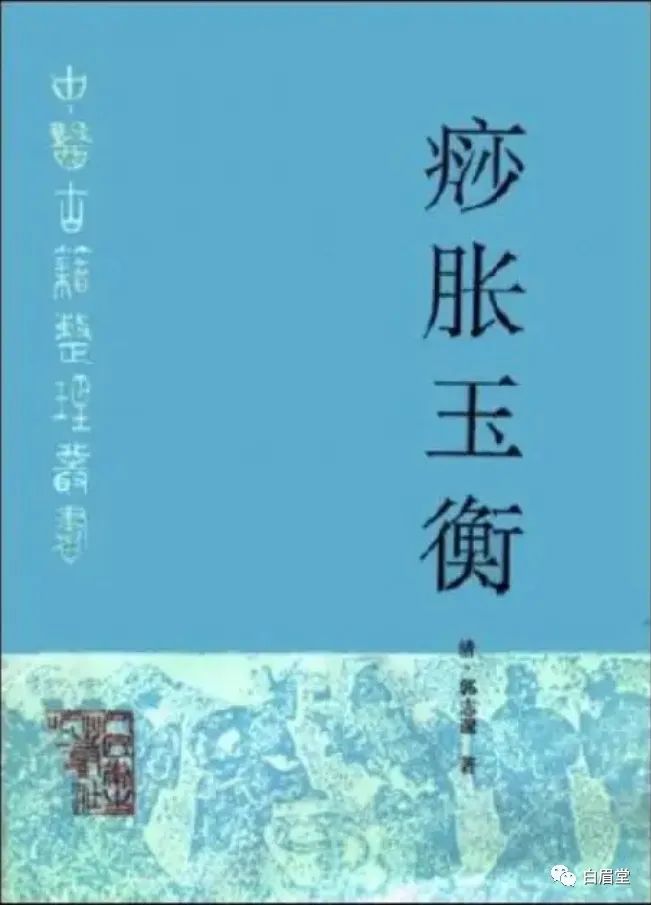 《痧胀玉衡》 categorizes sha diseases into 45 types, including generalized swelling sha, chest oppression sha, locked jaw sha, bow sha, goose sha, wind-cold cough sha, and pre-pox sha swelling. Sha diseases are primarily caused by climatic factors such as summer heat, dry heat, intermittent rain, and sudden intense sunlight, which create unwholesome pestilential qi in the environment. Anyone exposed to this toxic qi, regardless of age or gender, can become ill. The peak seasons for sha diseases are summer and autumn, with spring being less common and winter being rare. In the Qing dynasty, another monograph on Gua Sha, 《养生镜》 (Yangsheng Jing), was published, and these two works became the foundation for Gua Sha to develop into a specialized technique. 《痧胀玉衡》 records the methods of Gua Sha as follows: Gua Sha method for sha on the back and neck, and on the chest and ribs, use a coin dipped in sesame oil to scrape, or use a scraping tongue dipped in sesame oil; for sha on the forehead and legs, use cotton thread or hemp thread dipped in sesame oil to scrape; for sha in the soft flesh of the abdomen, use salt to rub. Cuì sha method involves using a paper twist or a large lamp wick dipped in a small amount of sesame oil, igniting it, and then applying the flame directly to the sha point until it makes a popping sound and extinguishes (similar to lamp wick moxibustion), then relighting to treat other sha points. Fàng sha method involves bloodletting at the Weizhong point or at the tips of the fingers, also known as bloodletting therapy. Cuō sha method involves using fingers to pinch, knead, and lift the patient’s skin to induce local congestion or bleeding points; when used to treat sha, it is called cuō sha method.
《痧胀玉衡》 categorizes sha diseases into 45 types, including generalized swelling sha, chest oppression sha, locked jaw sha, bow sha, goose sha, wind-cold cough sha, and pre-pox sha swelling. Sha diseases are primarily caused by climatic factors such as summer heat, dry heat, intermittent rain, and sudden intense sunlight, which create unwholesome pestilential qi in the environment. Anyone exposed to this toxic qi, regardless of age or gender, can become ill. The peak seasons for sha diseases are summer and autumn, with spring being less common and winter being rare. In the Qing dynasty, another monograph on Gua Sha, 《养生镜》 (Yangsheng Jing), was published, and these two works became the foundation for Gua Sha to develop into a specialized technique. 《痧胀玉衡》 records the methods of Gua Sha as follows: Gua Sha method for sha on the back and neck, and on the chest and ribs, use a coin dipped in sesame oil to scrape, or use a scraping tongue dipped in sesame oil; for sha on the forehead and legs, use cotton thread or hemp thread dipped in sesame oil to scrape; for sha in the soft flesh of the abdomen, use salt to rub. Cuì sha method involves using a paper twist or a large lamp wick dipped in a small amount of sesame oil, igniting it, and then applying the flame directly to the sha point until it makes a popping sound and extinguishes (similar to lamp wick moxibustion), then relighting to treat other sha points. Fàng sha method involves bloodletting at the Weizhong point or at the tips of the fingers, also known as bloodletting therapy. Cuō sha method involves using fingers to pinch, knead, and lift the patient’s skin to induce local congestion or bleeding points; when used to treat sha, it is called cuō sha method.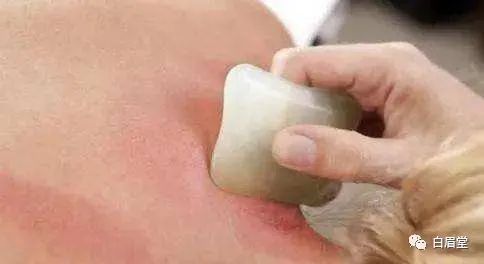 In daily life, people are quite familiar with Gua Sha, using it for health maintenance based on TCM philosophy. It has developed into a core technique within the Chinese health preservation system and is widely practiced in folk traditions. Common Gua Sha Tools 【Common Gua Sha tools include Gua Sha boards and Gua Sha oil】1. Gua Sha Board(1)Buffalo Horn①Characteristics and Effects: Buffalo horn Gua Sha boards are commonly used in clinical practice. Buffalo horn is pungent, salty, and cold; pungent can disperse and promote qi, invigorate blood, and reduce swelling; salty can soften and moisten; cold can clear heat, detoxify, and cool blood to calm the mind. It is also durable, smooth, and easy to process;②Precautions: Avoid soaking in hot water for long periods, heating over fire or electric heat; after Gua Sha, immediately wipe the board dry, apply olive oil, and store it in a Gua Sha board cover.(2)Jade①Characteristics and EffectsJade has the effects of moisturizing the skin, detoxifying, calming the mind, and dispelling evil. Its texture is warm and smooth, making it easy to hold, and it is suitable for facial Gua Sha;②PrecautionsClean after use; avoid collisions; avoid contact with chemical reagents.
In daily life, people are quite familiar with Gua Sha, using it for health maintenance based on TCM philosophy. It has developed into a core technique within the Chinese health preservation system and is widely practiced in folk traditions. Common Gua Sha Tools 【Common Gua Sha tools include Gua Sha boards and Gua Sha oil】1. Gua Sha Board(1)Buffalo Horn①Characteristics and Effects: Buffalo horn Gua Sha boards are commonly used in clinical practice. Buffalo horn is pungent, salty, and cold; pungent can disperse and promote qi, invigorate blood, and reduce swelling; salty can soften and moisten; cold can clear heat, detoxify, and cool blood to calm the mind. It is also durable, smooth, and easy to process;②Precautions: Avoid soaking in hot water for long periods, heating over fire or electric heat; after Gua Sha, immediately wipe the board dry, apply olive oil, and store it in a Gua Sha board cover.(2)Jade①Characteristics and EffectsJade has the effects of moisturizing the skin, detoxifying, calming the mind, and dispelling evil. Its texture is warm and smooth, making it easy to hold, and it is suitable for facial Gua Sha;②PrecautionsClean after use; avoid collisions; avoid contact with chemical reagents.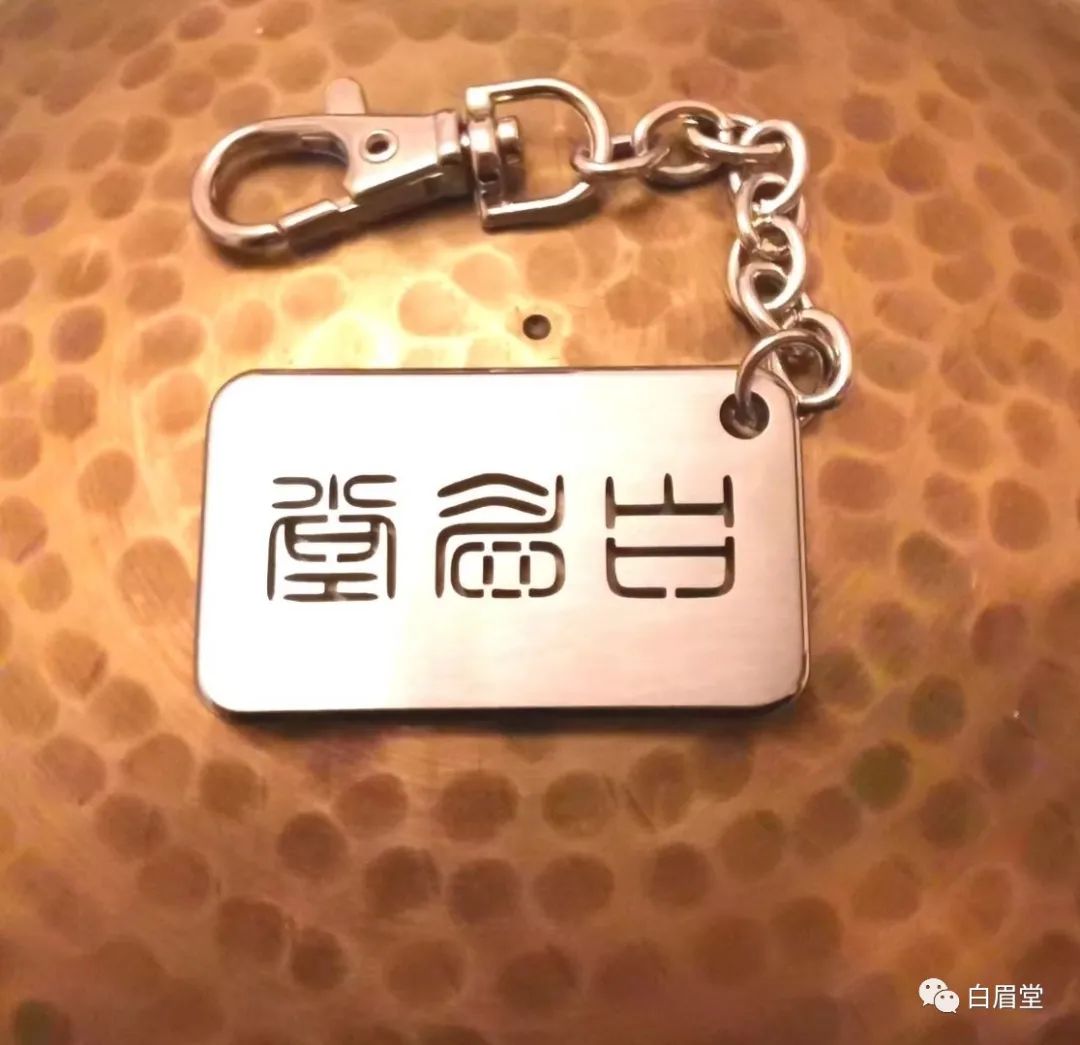 (3)Bian Stone①Characteristics and EffectsBian stone is made from Sihui floating stone, which contains various trace elements and has a wide infrared radiation spectrum. It can unblock meridians, clear heat and detoxify, soften and disperse masses, and warm the skin locally. The Bian stone Gua Sha board used for scraping should be less than 3mm thick;②PrecautionsAs Bian stone may contain harmful substances, it is essential to carefully identify its authenticity when purchasing and to buy Bian stone that has been tested by national authorities to be free of harmful substances. Gua Sha tools come in various materials and forms, and many everyday items can be used as Gua Sha tools, such as coins, silver dollars, porcelain spoons, tender bamboo boards, cotton thread, and shells. Modern materials such as resin and silicone are also now used to make Gua Sha tools.2. Gua Sha Oil(1)Liquid Types①Characteristics and Effects: These mainly include cooled boiled water, vegetable oils (such as sesame oil, tea seed oil, rapeseed oil, soybean oil, peanut oil, olive oil), and medicinal oils (such as safflower oil, trauma oil, rheumatism oil), which not only prevent the Gua Sha board from scratching the skin but also moisturize the skin, open pores, and promote blood circulation and qi flow. Additionally, herbal medicines with heat-clearing, detoxifying, blood-activating, and pain-relieving properties can be decocted into medicinal liquids for use based on the condition;②Precautions: Gua Sha oil should be used and stored away from fire; it is prohibited for those with skin allergies, external injuries, ulcers, scars, or malignant tumors in the area.(2)Cream Types①Characteristics and Effects: Choose fine-textured creams, such as petroleum jelly, moisturizing cream, snake oil, or Voltaren cream. Herbal extracts with blood-activating, pain-relieving, and aromatic properties can also be prepared into cream formulations for use;②PrecautionsStore in a cool, dry place away from light; choose appropriate Gua Sha mediums based on the condition, such as Voltaren cream, which has analgesic and anti-inflammatory effects, and is particularly effective for rheumatic joint diseases.
(3)Bian Stone①Characteristics and EffectsBian stone is made from Sihui floating stone, which contains various trace elements and has a wide infrared radiation spectrum. It can unblock meridians, clear heat and detoxify, soften and disperse masses, and warm the skin locally. The Bian stone Gua Sha board used for scraping should be less than 3mm thick;②PrecautionsAs Bian stone may contain harmful substances, it is essential to carefully identify its authenticity when purchasing and to buy Bian stone that has been tested by national authorities to be free of harmful substances. Gua Sha tools come in various materials and forms, and many everyday items can be used as Gua Sha tools, such as coins, silver dollars, porcelain spoons, tender bamboo boards, cotton thread, and shells. Modern materials such as resin and silicone are also now used to make Gua Sha tools.2. Gua Sha Oil(1)Liquid Types①Characteristics and Effects: These mainly include cooled boiled water, vegetable oils (such as sesame oil, tea seed oil, rapeseed oil, soybean oil, peanut oil, olive oil), and medicinal oils (such as safflower oil, trauma oil, rheumatism oil), which not only prevent the Gua Sha board from scratching the skin but also moisturize the skin, open pores, and promote blood circulation and qi flow. Additionally, herbal medicines with heat-clearing, detoxifying, blood-activating, and pain-relieving properties can be decocted into medicinal liquids for use based on the condition;②Precautions: Gua Sha oil should be used and stored away from fire; it is prohibited for those with skin allergies, external injuries, ulcers, scars, or malignant tumors in the area.(2)Cream Types①Characteristics and Effects: Choose fine-textured creams, such as petroleum jelly, moisturizing cream, snake oil, or Voltaren cream. Herbal extracts with blood-activating, pain-relieving, and aromatic properties can also be prepared into cream formulations for use;②PrecautionsStore in a cool, dry place away from light; choose appropriate Gua Sha mediums based on the condition, such as Voltaren cream, which has analgesic and anti-inflammatory effects, and is particularly effective for rheumatic joint diseases.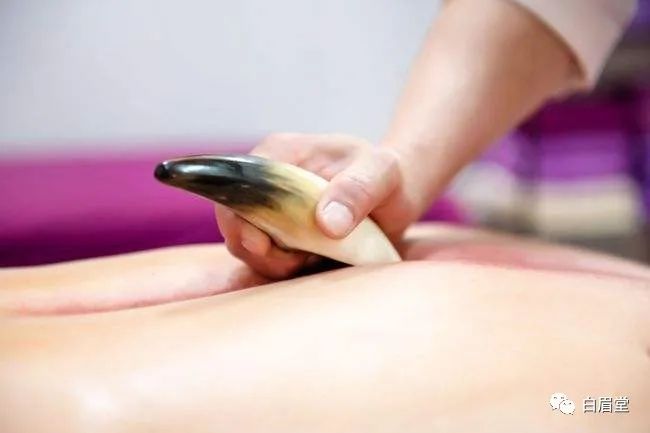 Benefits of Gua Sha【Scraping the Neck】Neck and shoulder discomfort is a “occupational disease” for desk workers. Gua Sha can invigorate blood and relax muscles, improving the state of local qi and blood stagnation.Three main routes are selected: from the midpoint of the hairline to the Dazhui point, and from the upper edges of the two outer corners of the hairline towards the shoulders.Additionally, scraping this area during a cold can also have the effect of dispelling wind and relieving muscle tension.【Scraping the Sternum】Many people experience chest tightness and shortness of breath after feeling down or fatigued; they can use a Gua Sha comb to slowly scrape the lower half of the sternum from top to bottom.This area contains the “Qi Meeting” point (Zhongfu point) among the eight meeting points, and stimulating this acupoint can help open the chest and regulate qi.Moreover, those who frequently hiccup can also benefit from scraping this area.【Scraping the Hands and Feet】Women often experience cold hands and feet, which TCM believes is mainly related to insufficient yang energy or poor qi and blood circulation.It is recommended to first scrape the palms with the flat side of the Gua Sha board until they warm up, then use the grooves on the Gua Sha board to scrape all sides of the fingers from the base to the tips, scraping 5 to 10 times in each direction to promote qi flow and unblock meridians.The same method can be applied to the feet.
Benefits of Gua Sha【Scraping the Neck】Neck and shoulder discomfort is a “occupational disease” for desk workers. Gua Sha can invigorate blood and relax muscles, improving the state of local qi and blood stagnation.Three main routes are selected: from the midpoint of the hairline to the Dazhui point, and from the upper edges of the two outer corners of the hairline towards the shoulders.Additionally, scraping this area during a cold can also have the effect of dispelling wind and relieving muscle tension.【Scraping the Sternum】Many people experience chest tightness and shortness of breath after feeling down or fatigued; they can use a Gua Sha comb to slowly scrape the lower half of the sternum from top to bottom.This area contains the “Qi Meeting” point (Zhongfu point) among the eight meeting points, and stimulating this acupoint can help open the chest and regulate qi.Moreover, those who frequently hiccup can also benefit from scraping this area.【Scraping the Hands and Feet】Women often experience cold hands and feet, which TCM believes is mainly related to insufficient yang energy or poor qi and blood circulation.It is recommended to first scrape the palms with the flat side of the Gua Sha board until they warm up, then use the grooves on the Gua Sha board to scrape all sides of the fingers from the base to the tips, scraping 5 to 10 times in each direction to promote qi flow and unblock meridians.The same method can be applied to the feet.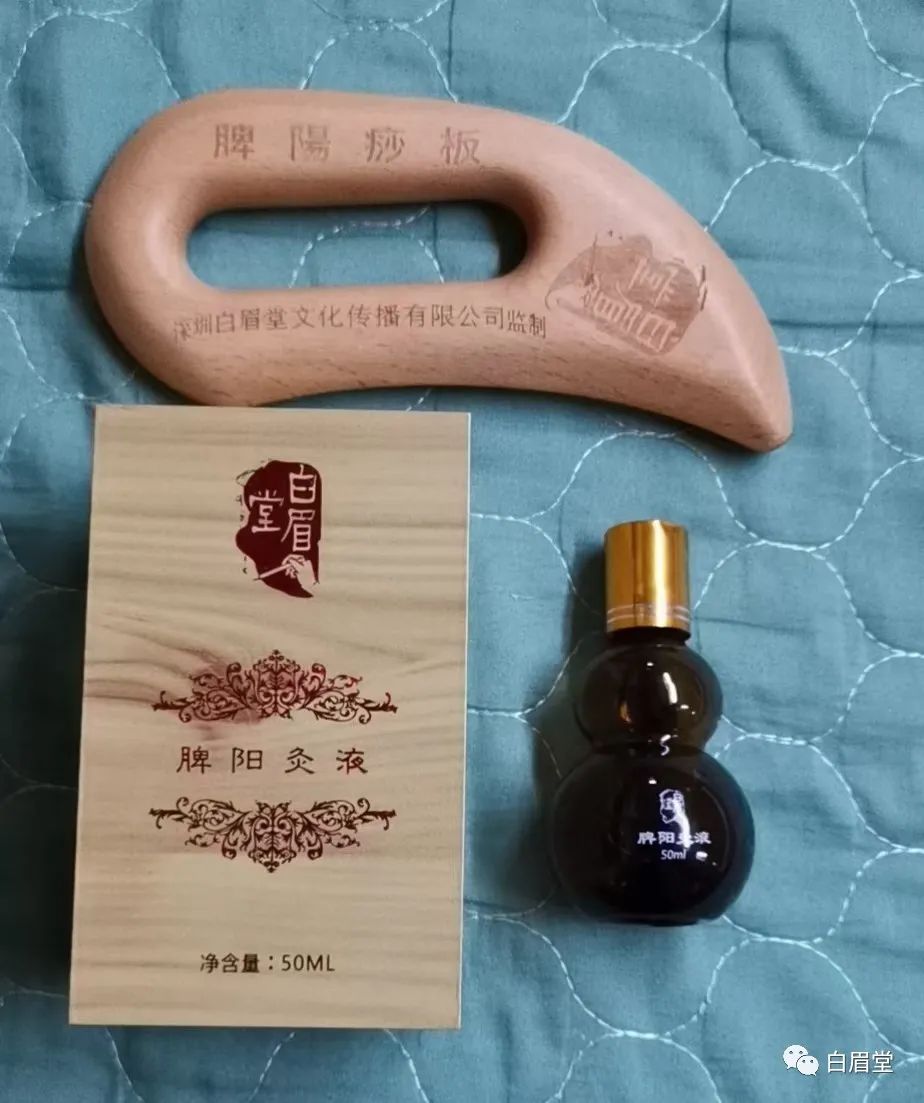 【Scraping the Ribs】Anxiety, depression, and irritability can lead to a disruption of the body’s functions due to prolonged mental stress.TCM believes that normal emotional activities depend on the smooth flow of qi, and the liver can regulate qi flow, thus helping to adjust emotions.Since the ribs on both sides of the body are mainly distributed with the liver meridian, scraping this area can help soothe the liver and relieve depression, focusing on the Qimen point located at the intersection of the nipple line and the sixth rib space.When scraping, the movements should be slow, focusing on painful or nodular areas.【Scraping the Abdomen】Chronic constipation not only affects digestion and absorption but also leads to toxin absorption by the body.Use the flat side of the Gua Sha board to scrape the abdomen from top to bottom, and from left to right in sequence.It is important to note that if there is organ prolapse, scraping should be done from bottom to top.【Scraping Around the Eyes】Many people are familiar with eye exercises and the acupoints involved.Using Gua Sha instead of finger pressure can provide more effective stimulation to the acupoints.Start by pressing the Jingming point with the Gua Sha comb, then scrape from the Jingming point to the outer corner of the eye, scraping from both the upper and lower eyelids.This can improve the circulation of qi and blood around the eyes, alleviating visual fatigue and dryness.
【Scraping the Ribs】Anxiety, depression, and irritability can lead to a disruption of the body’s functions due to prolonged mental stress.TCM believes that normal emotional activities depend on the smooth flow of qi, and the liver can regulate qi flow, thus helping to adjust emotions.Since the ribs on both sides of the body are mainly distributed with the liver meridian, scraping this area can help soothe the liver and relieve depression, focusing on the Qimen point located at the intersection of the nipple line and the sixth rib space.When scraping, the movements should be slow, focusing on painful or nodular areas.【Scraping the Abdomen】Chronic constipation not only affects digestion and absorption but also leads to toxin absorption by the body.Use the flat side of the Gua Sha board to scrape the abdomen from top to bottom, and from left to right in sequence.It is important to note that if there is organ prolapse, scraping should be done from bottom to top.【Scraping Around the Eyes】Many people are familiar with eye exercises and the acupoints involved.Using Gua Sha instead of finger pressure can provide more effective stimulation to the acupoints.Start by pressing the Jingming point with the Gua Sha comb, then scrape from the Jingming point to the outer corner of the eye, scraping from both the upper and lower eyelids.This can improve the circulation of qi and blood around the eyes, alleviating visual fatigue and dryness.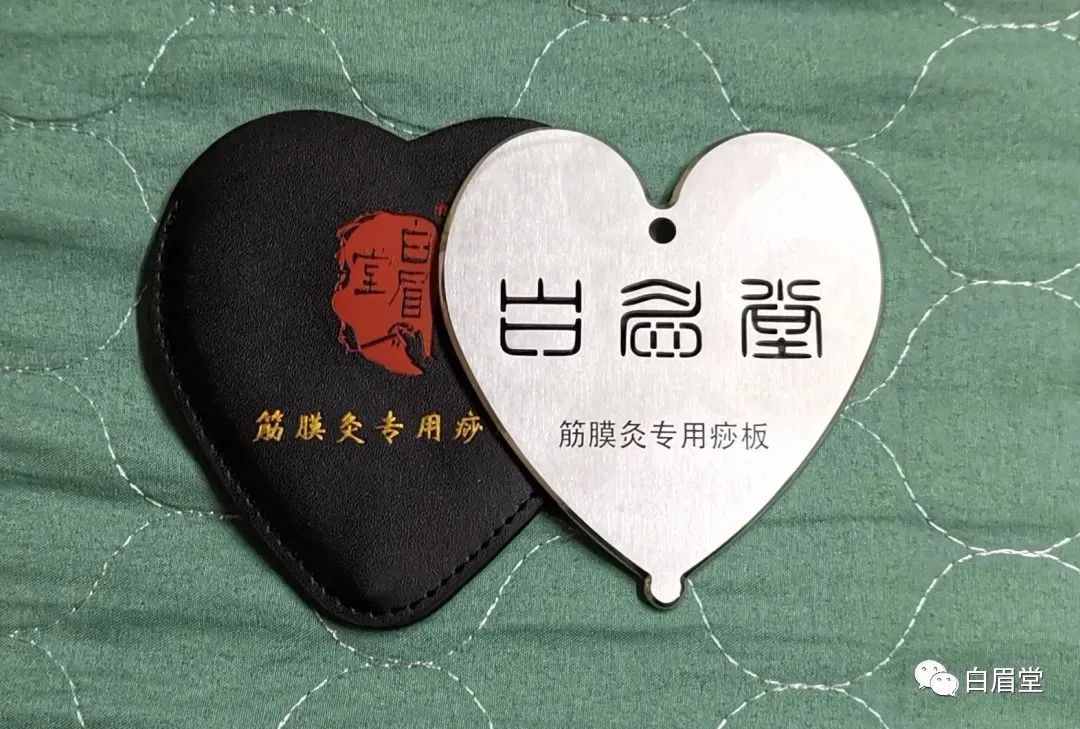
Gua Sha Techniques
【Direct Scraping】First, use a hot towel to clean the area to be scraped, then apply the corresponding Gua Sha medium to that area, and use the Gua Sha tool to directly touch the patient’s skin, scraping repeatedly until sha marks appear on the skin surface.
【Indirect Scraping】
Place a thin cloth over the area to be scraped, then use the Gua Sha tool to scrape directly over the cloth. This method is very effective in protecting the skin and is mainly used for children and the elderly.
【Pinching Sha Method】
This method can be further divided intoPinching Sha, Pulling Sha, Squeezing Sha, Slapping Sha, and Point-Rubbing;Pinching Shais also known as “Pinching Nodules” in folk terms, which involves applying Gua Sha medium to the area to be scraped, then bending the fingers to hook the skin, dipping the Gua Sha medium, pinching the skin and muscle, sliding outward with force, and then releasing.Repeat this process, producing a “popping” sound, and can be performed 6-7 times on the same area, resulting in sha marks and localized bruising as a method of removing sha.This method requires no tools, just the fingers.Pinching sha therapy is flexible and can be applied to various areas based on the condition; it is a very practical self-therapy method for headaches, fever, and fatigue.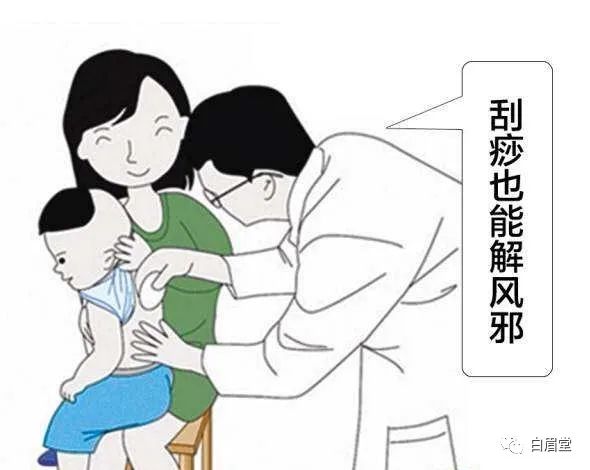
Pulling Sha Method
On a specific area or acupoint of the patient, use the thumb and index finger to pull the skin forcefully, causing purple-red or dark red sha points to appear, achieving the therapeutic effect. This method has been passed down in folk traditions for a long time; whenever experiencing sha symptoms or discomfort due to summer heat, it is common to repeatedly pinch and pull the patient’s skin until localized bruising occurs.During pulling sha, the patient can sit or lie down, fully exposing the skin. The practitioner dips the thumb and index finger in cold water, pinches a portion of the skin and subcutaneous tissue, and pulls to one side, then quickly releases to restore.It can also be done by pinching the skin with the thumb, index, and middle fingers, continuously pulling in a specific direction, repeating several times until the skin shows signs of redness. Pulling sha exerts a strong pulling force on the skin, often causing local and systemic reactions, with the patient experiencing pain in the area and a sense of relaxation afterward.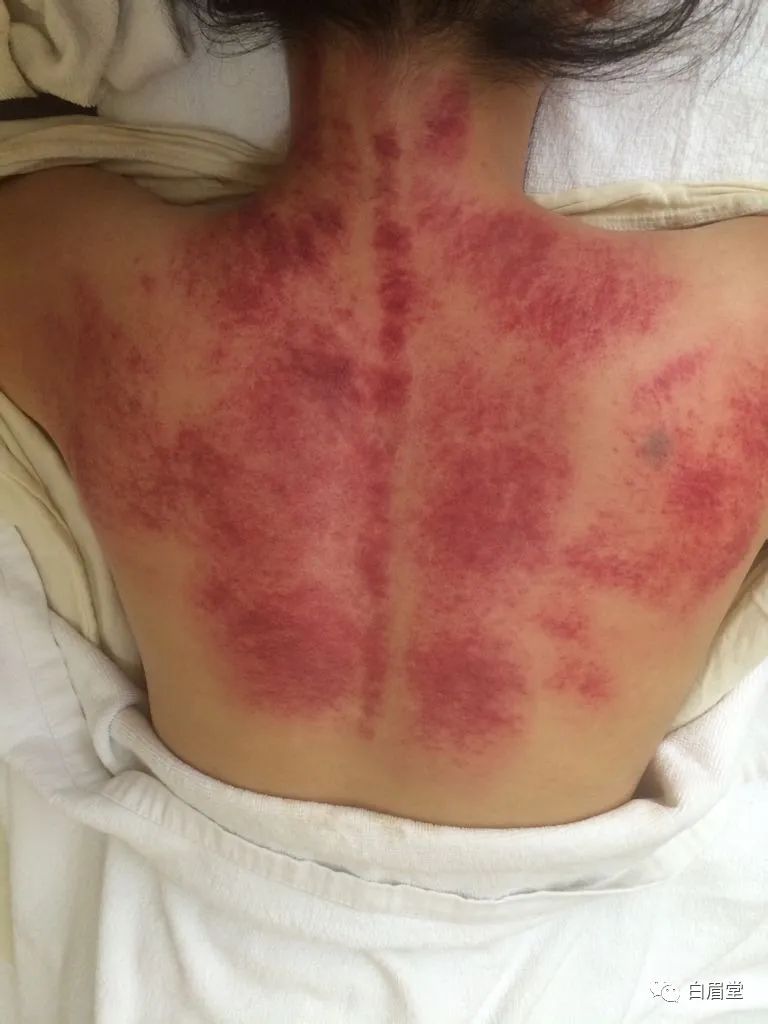
Point-Rubbing Method
Use the flat edge of the Gua Sha board to perform large-area parallel scraping on the patient’s body.Use fingers to apply pressure on specific areas or acupoints while making circular or spiral movements, combining pressure and rubbing techniques.This method is not classified as Gua Sha but rather as a massage technique, often used in conjunction with Gua Sha in treatment and health maintenance to enhance efficacy and compensate for the shortcomings of Gua Sha therapy.In Gua Sha treatment, it is mainly used for the head, face, abdomen, limbs, joints, and hands and feet.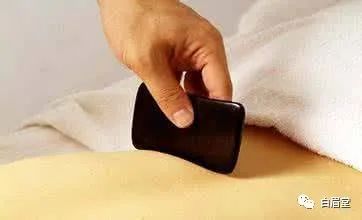
挑痧法
Use a needle to prick the surface of the patient’s body to treat diseases. However, this method should not be attempted at home; it must be performed by a professional to avoid injury.Before pricking sha, prepare 75% alcohol, disinfecting cotton swabs, and a sterilized three-edged needle or a sewing needle, or a No. 916 injection needle.The practitioner first disinfects the local skin with a cotton swab, pinches the skin at the pricking site with the left hand, and with the right hand, quickly pierces and pulls outward, pricking each area three times while squeezing out dark purple blood, repeating 5-6 times, and finally cleaning with a disinfecting cotton ball.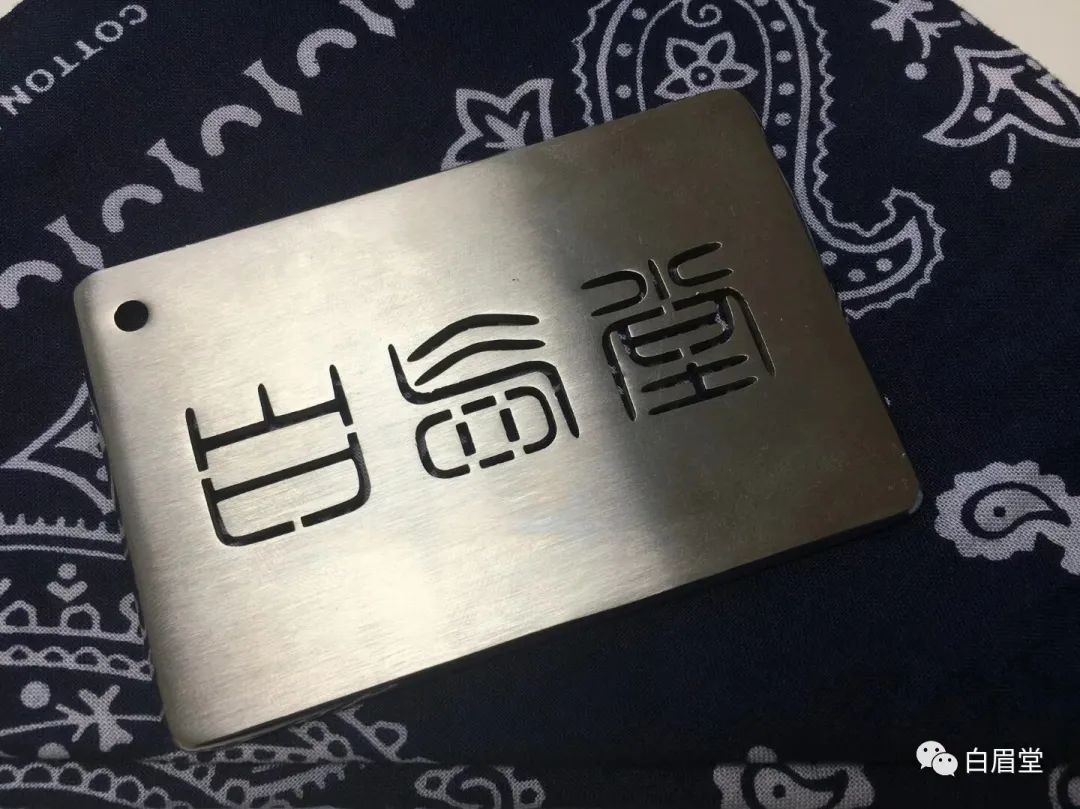
Fàng sha Method
This method is suitable for superficial veins in areas such as the elbow pit, popliteal fossa, and temples (this method is difficult and should be performed by professionals).Also known as puncture therapy, it involves pricking veins or acupoints to induce bleeding for therapeutic purposes, referred to as bloodletting therapy.During treatment, the patient should be in a comfortable position, fully exposing the treatment area. When performing bloodletting on veins, the practitioner should first tie a cloth band or tourniquet around the patient’s arm near the heart, asking the patient to clench their fist, then disinfect the skin with iodine cotton balls, followed by 75% alcohol to remove the iodine.Then, the needle is used to induce bleeding. When bleeding from acupoints, it can be done by disinfecting the skin and directly pricking with a three-edged needle or sewing needle.Bloodletting can be divided into blood-letting and puncture methods. It is similar to the pricking sha method but is more intense and is often used in emergency situations.This method is mainly applied to the head, neck, back, and temples, and is simple, easy to master, and effective.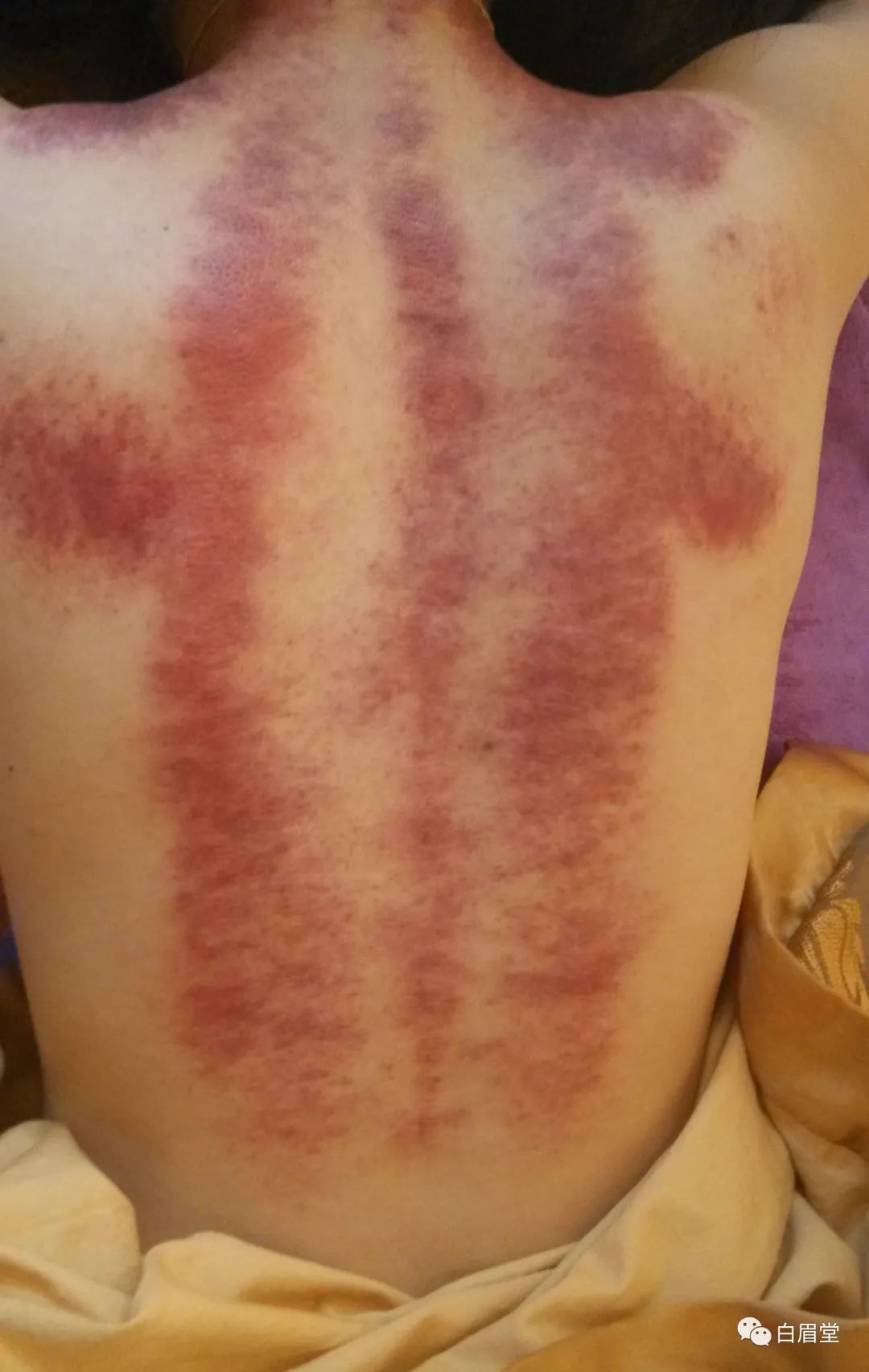 Indications for Gua Sha TherapyGua Sha therapy is applicable to various diseases in internal, external, gynecological, and pediatric fields, with a wide range of applications. The main conditions treated include: colds and coughs, susceptibility to illness, spontaneous sweating, night sweats, fever and heat stroke, dizziness and headaches, poor appetite and insomnia, toothaches and mouth sores, menstrual irregularities, joint swelling and pain, trauma, pediatric anorexia, enuresis, and drooling. It is particularly effective for common diseases.
Indications for Gua Sha TherapyGua Sha therapy is applicable to various diseases in internal, external, gynecological, and pediatric fields, with a wide range of applications. The main conditions treated include: colds and coughs, susceptibility to illness, spontaneous sweating, night sweats, fever and heat stroke, dizziness and headaches, poor appetite and insomnia, toothaches and mouth sores, menstrual irregularities, joint swelling and pain, trauma, pediatric anorexia, enuresis, and drooling. It is particularly effective for common diseases.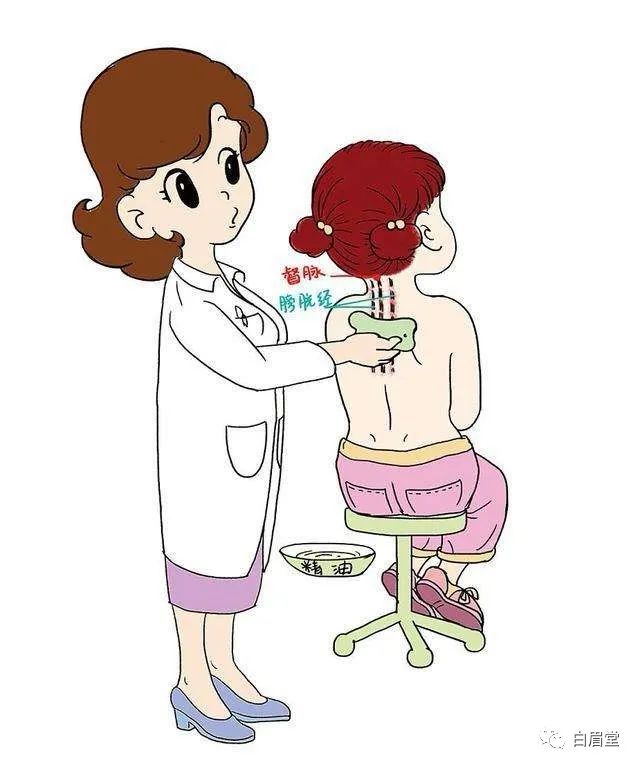 Contraindications for Gua Sha TherapyGua Sha is contraindicated on the abdomen and lower back of pregnant women, and on the nipples of women.It is also contraindicated for patients with heart disease experiencing heart failure, renal failure, liver cirrhosis with ascites, and severe generalized edema.Any area with skin ulcers, injuries, or inflammation should not be treated with this therapy.It is also not advisable to perform Gua Sha on patients recovering from severe illnesses, those with qi deficiency and blood deficiency, or in states of fullness or hunger.Precautions for Gua Sha1. Understand the condition, differentiate treatment, investigate the cause of the illness, and determine the scraping area.2. Choose techniques based on the patient’s deficiency or excess, cold or heat, exterior or interior, yin or yang.3. Do not perform Gua Sha on infants with open fontanelles.4. For patients with varicose veins in the lower limbs, scraping should be done from bottom to top with gentle techniques.5. Exercise caution when scraping patients with low platelet counts (prone to bleeding) or critically ill patients.6. Do not perform Gua Sha facing an electric fan; avoid wind as much as possible.7. Do not use alternative items for scraping (such as coins, plastic crystals, porcelain, safflower oil, etc.).8. The head and face do not require oil application; for health maintenance, Gua Sha can be performed over clothing; for therapeutic purposes, sha must be produced using specialized Gua Sha oil.9. After one scraping session, ensure that sha has subsided before scraping the same area again; light techniques can be used regularly to promote microcirculation and enhance sha expulsion.10. Drink a cup of warm water after Gua Sha to replenish the fluids consumed and promote metabolism and detoxification.11. During Gua Sha, there may be slight capillary bleeding that seeps into nearby tissues and is later absorbed; this is a normal response that enhances immunity.12. For those afraid of pain, taking a hot bath or applying heat before Gua Sha can reduce discomfort.13. After Gua Sha, the pores will be dilated; avoid cold showers or cold winds for half an hour; warm showers are acceptable, or you can scrape while showering.14. Gua Sha does not necessarily have to produce sha; the appearance of sha is an external manifestation of internal toxins; if the body is healthy, even vigorous scraping may not produce sha, while light scraping may produce sha in an unhealthy body.15. For health maintenance, oil application is not necessary, and sha does not need to be produced; gently scrape each part and meridian from head to toe for 3-10 minutes daily to naturally achieve the effects of strengthening the body and prolonging life.
Contraindications for Gua Sha TherapyGua Sha is contraindicated on the abdomen and lower back of pregnant women, and on the nipples of women.It is also contraindicated for patients with heart disease experiencing heart failure, renal failure, liver cirrhosis with ascites, and severe generalized edema.Any area with skin ulcers, injuries, or inflammation should not be treated with this therapy.It is also not advisable to perform Gua Sha on patients recovering from severe illnesses, those with qi deficiency and blood deficiency, or in states of fullness or hunger.Precautions for Gua Sha1. Understand the condition, differentiate treatment, investigate the cause of the illness, and determine the scraping area.2. Choose techniques based on the patient’s deficiency or excess, cold or heat, exterior or interior, yin or yang.3. Do not perform Gua Sha on infants with open fontanelles.4. For patients with varicose veins in the lower limbs, scraping should be done from bottom to top with gentle techniques.5. Exercise caution when scraping patients with low platelet counts (prone to bleeding) or critically ill patients.6. Do not perform Gua Sha facing an electric fan; avoid wind as much as possible.7. Do not use alternative items for scraping (such as coins, plastic crystals, porcelain, safflower oil, etc.).8. The head and face do not require oil application; for health maintenance, Gua Sha can be performed over clothing; for therapeutic purposes, sha must be produced using specialized Gua Sha oil.9. After one scraping session, ensure that sha has subsided before scraping the same area again; light techniques can be used regularly to promote microcirculation and enhance sha expulsion.10. Drink a cup of warm water after Gua Sha to replenish the fluids consumed and promote metabolism and detoxification.11. During Gua Sha, there may be slight capillary bleeding that seeps into nearby tissues and is later absorbed; this is a normal response that enhances immunity.12. For those afraid of pain, taking a hot bath or applying heat before Gua Sha can reduce discomfort.13. After Gua Sha, the pores will be dilated; avoid cold showers or cold winds for half an hour; warm showers are acceptable, or you can scrape while showering.14. Gua Sha does not necessarily have to produce sha; the appearance of sha is an external manifestation of internal toxins; if the body is healthy, even vigorous scraping may not produce sha, while light scraping may produce sha in an unhealthy body.15. For health maintenance, oil application is not necessary, and sha does not need to be produced; gently scrape each part and meridian from head to toe for 3-10 minutes daily to naturally achieve the effects of strengthening the body and prolonging life.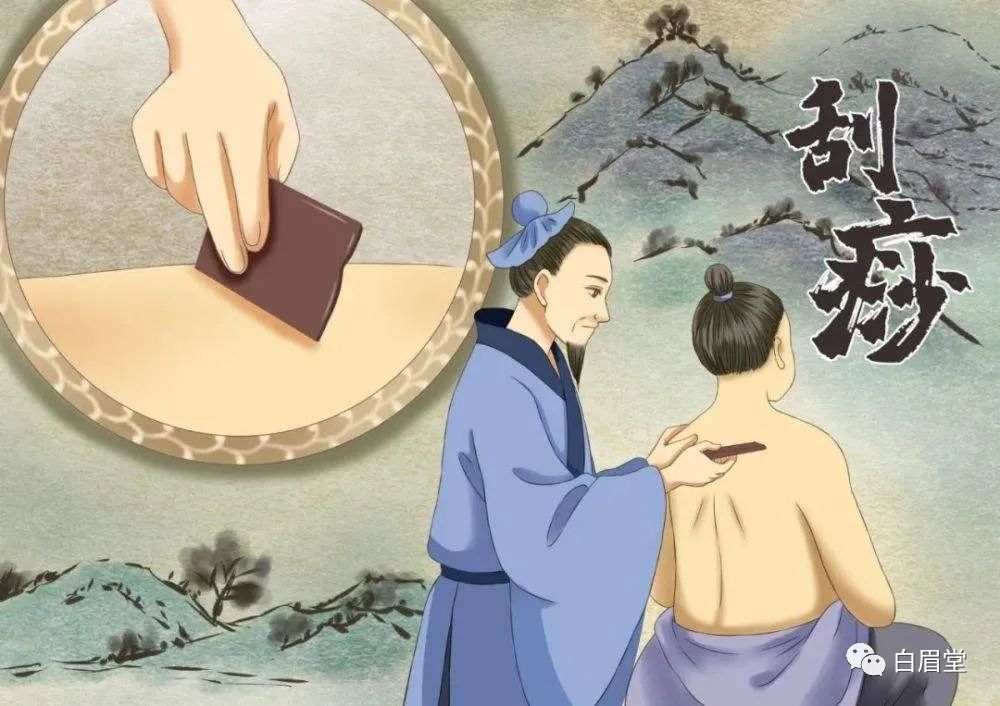
Gua Sha has the effects of regulating qi and blood, invigorating blood circulation, relaxing muscles and meridians, and expelling evils and toxins. It has been widely applied in various diseases in internal, external, gynecological, and pediatric fields, as well as in beauty and health maintenance. It is particularly suitable for painful diseases and degenerative bone and joint diseases such as cervical spondylosis and shoulder periarthritis; for respiratory conditions like colds, fever, and cough, it can be combined with cupping therapy; for cosmetic conditions like acne and melasma, it can be combined with acupuncture and bloodletting; and it is also applicable for the prevention and treatment of sub-health and chronic fatigue syndrome.
Gua Sha is primarily passed down through folk traditions, with simple materials and operations, yet it is highly effective. These characteristics meet people’s needs well, allowing them to maintain their health through Gua Sha in daily life, which is a significant reason why people enjoy Gua Sha.
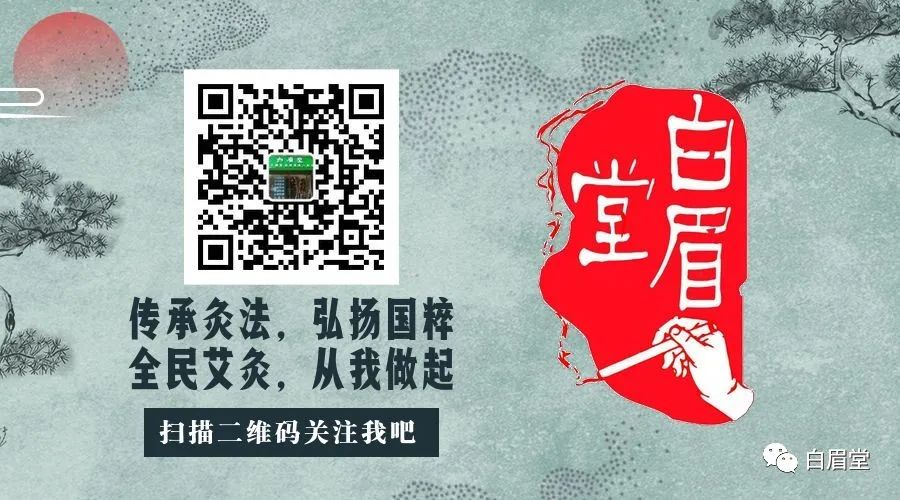
○ Some images and texts are sourced from the internet, and the copyright belongs to the original authors.○
○ If there is any infringement, please contact for deletion.○

